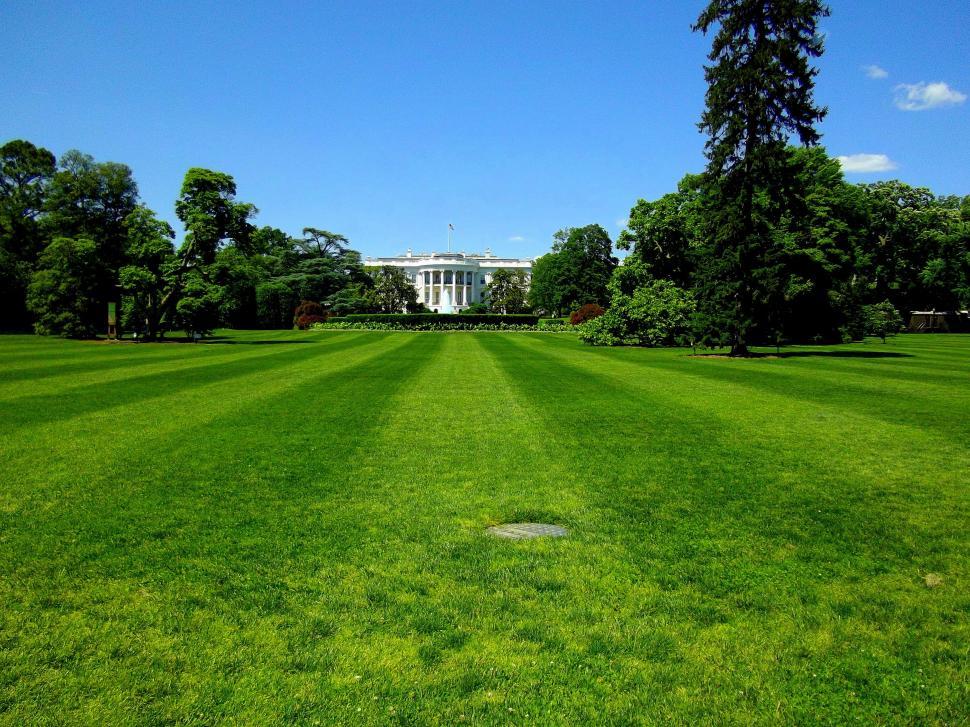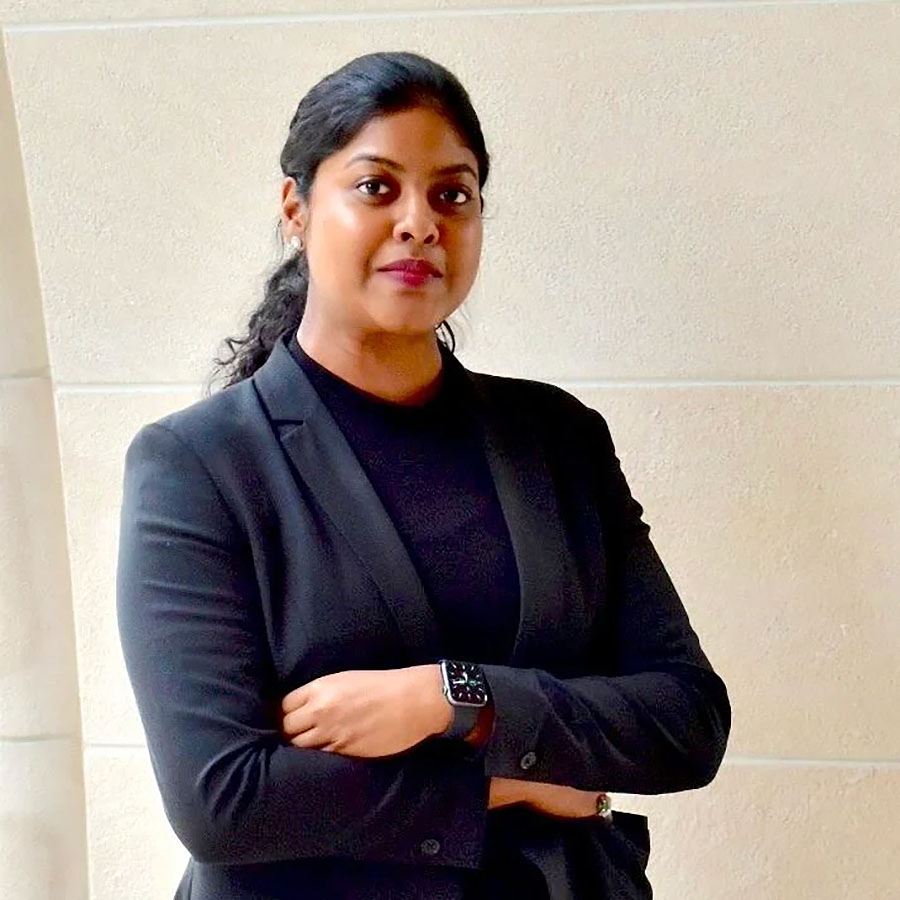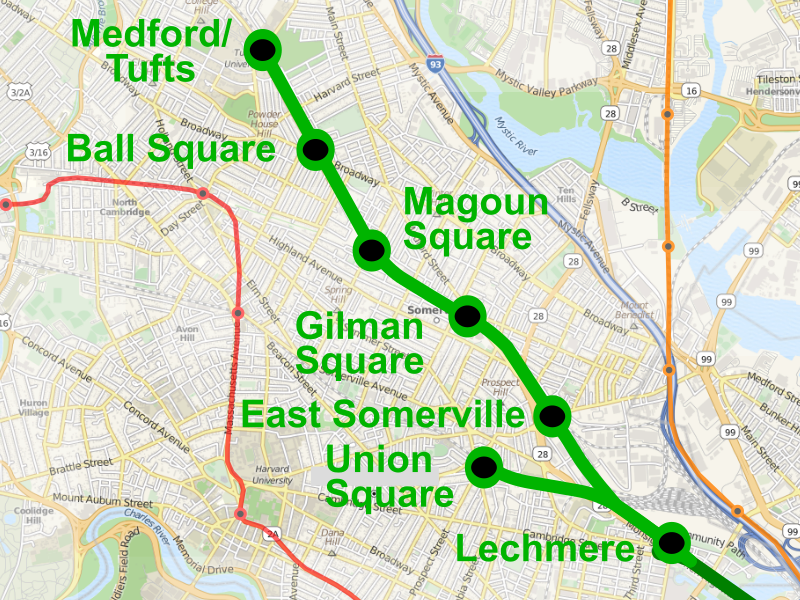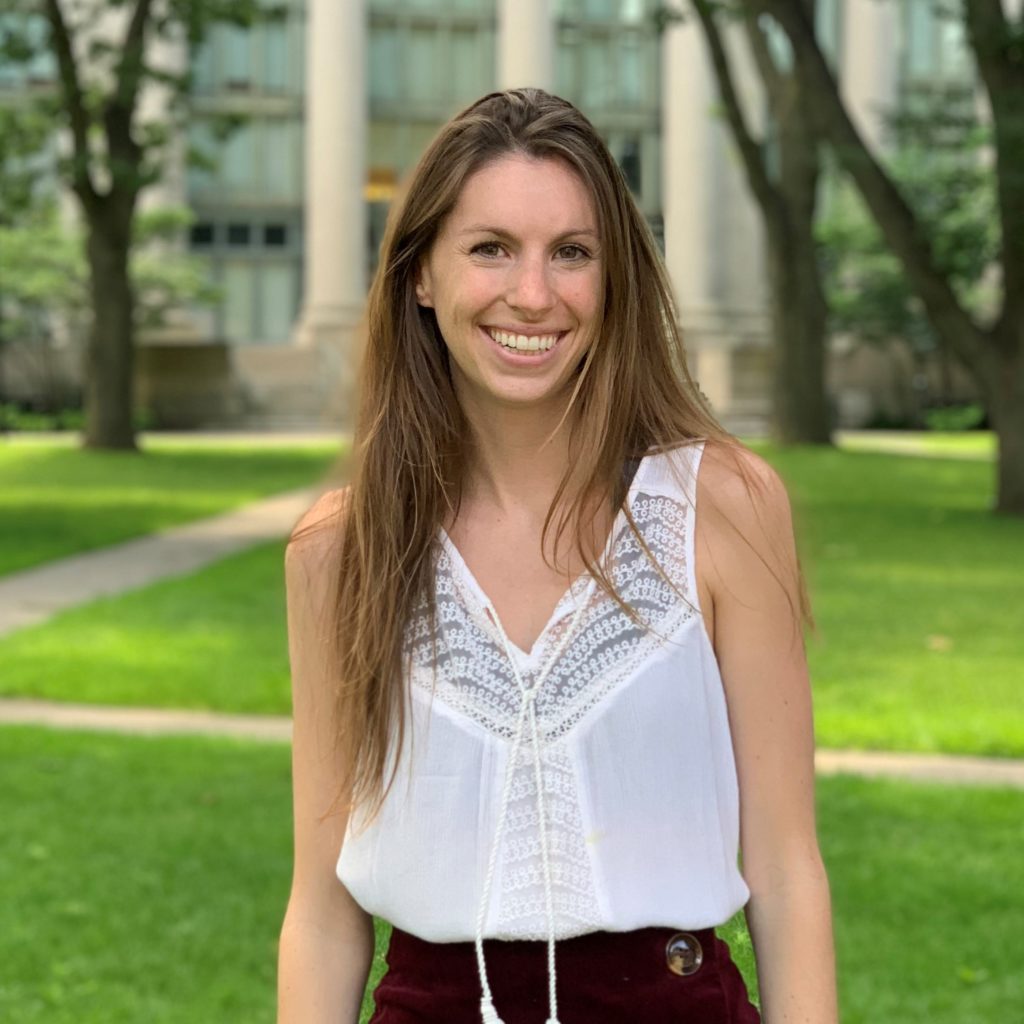By Patrick Maxwell ‘21
 To wrap up this blog series, let’s think back to the first entry of this series, and the concept of “conflict resolution infrastructure” that was introduced there. Conflict resolution infrastructure is the set of processes, decision rules, specialists, and sources of truth that govern how a conflict is managed—and as the first entry said, a shared structure is the missing element in an inter-bubble conflict.
To wrap up this blog series, let’s think back to the first entry of this series, and the concept of “conflict resolution infrastructure” that was introduced there. Conflict resolution infrastructure is the set of processes, decision rules, specialists, and sources of truth that govern how a conflict is managed—and as the first entry said, a shared structure is the missing element in an inter-bubble conflict.
To recap, the examples we looked at were:
- The story of Stephen Ross and his parents, and Stephen’s journey into, and out of, a lifestyle defined by online conspiracy theories;
- The Destino Colombia process that brought together different sides of a civil war to envision a set of possible futures for Colombia;
- The work of Essential Partners and the city of Gloucester, as they navigated a set of questions around public space, accessibility, and artwork.
The common thread among the case studies that we examined, though, was that each of them involved—in some way—creating a new infrastructure for addressing and managing conflicts that was unique to the situation in which it arose. In creating a new infrastructure for conflict resolution, the different actors engaged in these conflicts had the opportunity to redefine their goals, the processes they wanted to use to get there, and the people they trusted to help them along the way.
These ad hoc infrastructures that worked all seemed to follow a set of themes:
Seek out participants who are dissatisfied with the status quo
This was, perhaps, the most important element. In all three cases, the people who were involved were very unhappy with the status quo—both the conflict itself, but also with the previous attempts to address the conflict. Stephen Ross had to hit a low point before he was willing to question his conspiracy beliefs. The Destino Colombia participants may not have arrived at the workshops with a common goal, but they were in agreement that civil war wasn’t meeting the interests of anyone.
Does this suggest that some inter-bubble conflicts are not ready for resolution? Possibly. Perhaps the parties to the conflict are too wedded to their preferred strategies to try something new and different. Or perhaps they’ve already tried alternative options that haven’t worked, and a sense of fatigue has set in. If that’s the case, it may be worthwhile to work with parties to identify the weaknesses they see in their current approach—and whether a new attempt would be worthwhile.
Put the focus on (healthy) relationships
Especially in the absence of a formal structure or system, relationships among participants are the glue that holds a process together—and once those relationships are broken, it may be very difficult to restore them. If Stephen had stopped speaking to his parents, it would have been much more difficult for them to patch up their relationship or for Stephen to find support for his recovery. And in Essential Partners’ work in Gloucester, more robust relationships led to stronger, more healthy communities and a more durable solution.
At the same time, establishing healthy boundaries was necessary—for example, to stop friends and family members from falling victim to the same conspiracy theories as Stephen did, or to establish the physical safety of participants at the Destino Colombia process. (Although we didn’t mention it in the original post, three Destino Colombia participants—all of whom were high-ranking guerillas—chose not to be physically present but, rather, participated via telephone, for their own safety.1)
Find, and ask, the question that the parties are trying to answer
In the examples we looked at, the parties may have had different answers, but they were—on some level—all asking similar questions. Finding, and centering, those questions was a path forward for the people in those examples. Or, as Nadiya put it, find some alignment of purpose that all of the parties share.
An interests-based focus can help here. “Focus on interests, not positions” is perhaps the most foundational piece of advice in conflict resolution theory, and it holds true for inter-bubble conflicts. As in all conflicts, the parties to an inter-bubble dispute have some overlapping set of interests—if they didn’t, they would have nothing to fight about. Those who are enmeshed in an inter-bubble conflict may need to ask questions around a common interest in a way that draws in all the participants.
In the example of the Gloucester sculpture, asking “how should our community address art in shared spaces?” was a way to center that common interest. A more positions-oriented question—like “how can we get the community to agree to our plan for this sculpture?”—would probably have alienated some members of the community right off the bat. In a similar way, orienting the Destino Colombia process around the question of the country’s future was a way to speak to a powerful, shared interest of all of the participants, without privileging a certain set of answers. And as it turned out, the common questions between Stephen and his parents were more about Stephen’s wellbeing and the family members’ relationships, and less about the truthfulness, or lack thereof, of the conspiracy theories in question.
Don’t rush to solutions
Paradoxically, focusing too heavily on solutions can lead to worse outcomes. The Destino Colombia process was specifically structured to avoid any discussion of a conclusive solution to the Colombian civil war; instead, it focused on describing a possible set of futures. In the discussions around the Gloucester art project, Essential Partners set aside time to have conversations about the issue that were explicitly not about finding a solution—but rather, about exploring the issue and the reasons behind different stakeholders’ positions.
Especially in a polarized, high-stakes conflict, talking about solutions too soon might encourage parties to revert to their starting positions. Intentionally, and transparently, setting aside a conversation about solutions might seem counter-intuitive to parties who’ve invested time and energy into their vision of a preferred outcome—but it also creates a space for exploration of interests and alternatives without the pressure to “get it right.”
Wrapping up
This is a non-exhaustive list of tips and strategies—surely, every inter-bubble conflict is different, and practitioners and conflict parties will have to think long and hard about how to address the particular situation that they face.
Still, it is clear that inter-bubble conflicts can be addressed in meaningful ways. Although they are difficult to know how to handle, the stories of Stephen, Gloucester, and Destino Colombia show that inter-bubble conflicts can be addressed in ways that restore broken relationships and strengthen communities.
Perhaps the trickiest lesson for conflict resolution professionals, though, is that inter-bubble conflicts—unlike court cases—defy the idea of simple “resolution.” None of the stories we examined came to any final conclusion. Conflicts may continue to arise in the future, although (hopefully) the parties will have grown in their knowledge of how to navigate the murky waters of inter-bubble conflict. Practitioners who deal with inter-bubble conflicts may need to transition away from notions of “resolution” and think in terms of relationship- and infrastructure-building, instead.
This marks the end of this blog series—but if you’re reading this and you have thoughts, questions, or examples of inter-bubble conflicts, please be in touch! You can reach Patrick via email at [email protected], or on Twitter at @PacifistPat.
1. Adam Kahane, “Collaborating with the Enemy: How to Work with People You Don’t Agree with or Like or Trust.” pp 42.

 Patrick Maxwell is a JD/MA candidate at Harvard Law School and the Fletcher School at Tufts University, where he focuses on conflict resolution, conflict analysis, and international humanitarian law.
Patrick Maxwell is a JD/MA candidate at Harvard Law School and the Fletcher School at Tufts University, where he focuses on conflict resolution, conflict analysis, and international humanitarian law.






